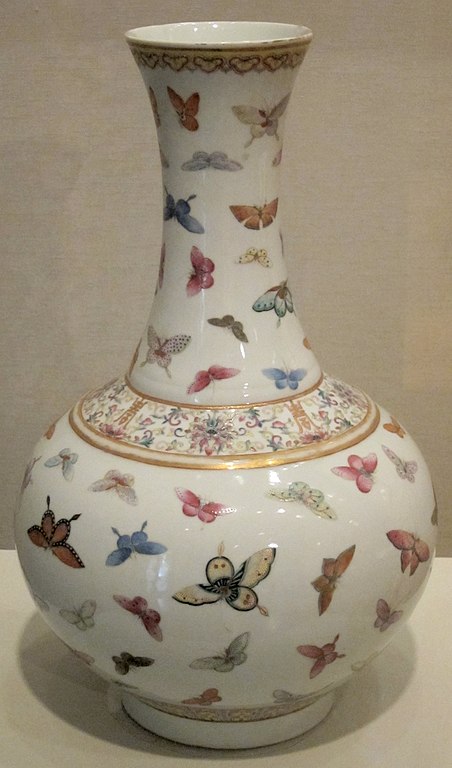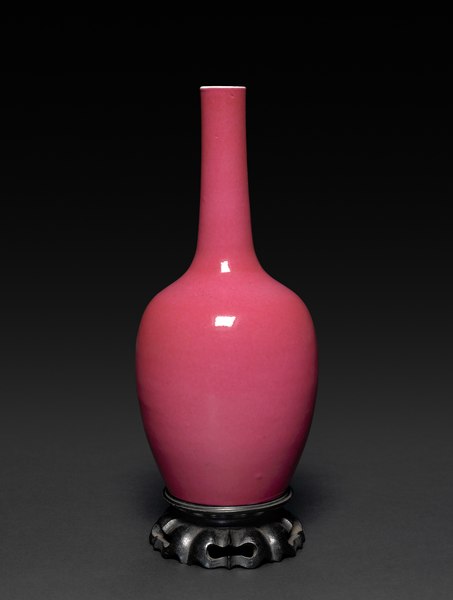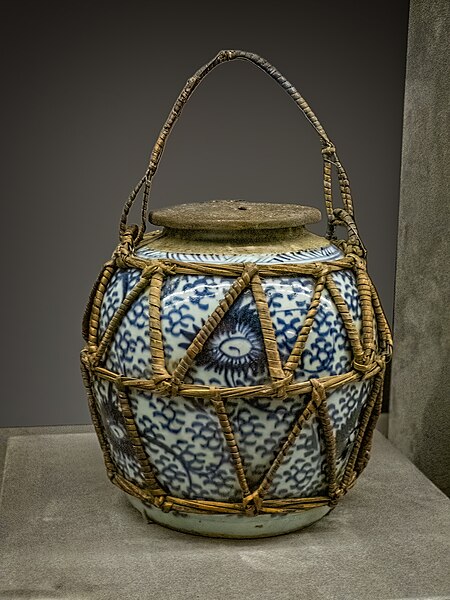
Thammasat University students interested in China, economic history, business, political science, Asian studies, history, sociology, and related subjects may find it useful to participate in a free 17 November Zoom webinar on New Perspectives on the Qing: Using Popular Sources, Data Analysis, and Accounting to Reconstruct Traditional Economic Practices.
The event, on Friday, 17 November 2023 at 8am Bangkok time, is presented by the Hong Kong Institute for the Humanities and Social Sciences, Hong Kong University (HKU).
The TU Library collection includes books about different aspects of the economic history of China.
Students are invited to register at this link:
https://hku.zoom.us/webinar/register/WN_mfxLuXZgSuyNPf8xsbq_-Q
The event webpage explains:
This talk discusses the new opportunities presented by “popular sources” available to scholars of business and economic activity in Qing and Republican-era China. These sources, consisting broadly of historical material not held in any state archives, are becoming increasingly available to scholars in the form of published collections as well as through informal circulation on WeChat and other forms of social media. I introduce several exceptionally useful collections of popular sources. I discuss their provenance, content, and how we can use them to further our understanding of Chinese social and business history. Most importantly, I walk through different methodologies for interpreting this historical material. Many of these documents defy easy analysis. Some are written in nearly illegible cursive, employ sophisticated industry jargon or make sense only if one understands the format of the document itself. Other documents are even less accessible; they require at least some familiarity with traditional Chinese accounting or bookkeeping norms. Fortunately, Professor Meng Wei of Shanxi University has elaborated a relatively simple methodological framework for accessing these sources. I will walk through Professor Meng’s framework, and show how to apply them to the material, as well as how to acquire the skills needed to read the more challenging documents.
The speaker will be Dr. Matthew Lowenstein of the Hoover Institution, Stanford University, the United States of America.

According to his university webpage,
Matthew Lowenstein is a Hoover Fellow at the Hoover Institution, Stanford University. He studies the economic history of modern China from the late imperial period to the early People’s Republic. His dissertation, which he is currently turning into a book, is a study of northern China’s indigenous financial system from the late Qing to the early Republican period (ca. 1820–1911). Other interests include the history of traditional Chinese accounting, the political economy of warlordism, and the history of central economic planning.
His research has included such topics as The Development Of Paper Money In Late Imperial China:
My work examines the evolution of the Chinese monetary system from the Qing Dynasty (1644– 1911) through the Republic Period (1912–1949). During these three centuries, China underwent a commercial revolution. The Qing conquest of Mongolia opened trade routes to Inner Asia and Russia and set the stage for a surge in international commerce. China sent tea and silks abroad in return for furs, mushrooms, and other goods.
Migrants followed merchants, and Chinese homesteaders founded new farming communities in the Mongolian hinterland in areas that had formerly been reserved for nomads. Urban hubs and trade entrepots across northern China resounded with the buzz of commerce.
But this economic boom, like all economic booms, required money to sustain it. In China, this posed a problem. Hard cash consisted of silver for wholesale transactions and copper for retail transactions. Silver could be shipped to where it was most needed. But copper was bulky, heavy, and low value; shipping it overland across northern China was extremely inefficient.
The country faced a predicament: where would it get its money? In a modern economy, central banks step in to relieve cash shortages by printing money.
But in eighteenth-century China there was no central bank. Moreover, numerous attempts by governments throughout Chinese history to issue fiat money had ended in disaster. Memories of hyperinflation in the previous Yuan (1271–1368) and Ming (1368–1644) dynasties loomed large on the thinking of both officialdom and business.
The fiscally cautious Qing state was as reluctant to issue a government currency as the merchant community would have been to accept it. The market stepped in to fill the gap.
A new source of Chinese money came from what, to modern sensibilities, may seem like an unlikely source: private business. From the late eighteenth century onward, for-profit merchant enterprises began to print their own scrip to meet the currency needs of local commerce.
The most popular form of paper money came from traditional Chinese banks known as qian’pu. These banks were located in major commercial centers. They would issue paper notes that were convertible for copper.
That way, when merchants needed ready money, they could go to the bank for a stack of bills instead of hauling around satchels of heavy metal. These bills would then circulate in the market until someone had a need for hard currency.
Then, they would go to the bank with note in hand and redeem the slip of paper for physical copper coins. Outside of urban centers and commercial hubs, an array of institutions issued notes that circulated in the countryside.
Grain merchants issued paper money in order to pay for purchases of wheat, buckwheat, millet, beans, and sorghum. These notes were redeemable for hard copper at the grain merchant’s affiliate bank. In even more rural or isolated locations, country general stores issued their own paper notes.
General store scrip would not have circulated very far afield, but it was money good in its native village. Urban notes, too, could make their way into the countryside, as banks sent agents or peddlers to do business in rural markets and at rural fairs. […]
The legal basis of private notes stemmed from Qing law’s strong protection for private contracts and for debt contracts in particular. The Qing legal code gave the state explicit responsibility to enforce debt contracts, at least to the extent that the debtor could truly afford to pay.
Qing magisterial courts treated private banknotes as a particular kind of debt contract: i.e., a contract that meant the issuing firm owed the noteholder a certain amount of copper cash. In the event of default, the state preferred to let the private parties work out their differences.
A creditor committee would come to an arrangement with the defaulting bank, usually for repayment or partial repayment over an extended period of time.
But when no agreement was forthcoming—or worse, if the bank was acting in bad faith or had committed fraud—Qing courts brought the full coercive powers of the state to bear on the defaulting party.
Such bankers could have not only their own property but also their family’s property seized by the state to pay restitution. They might also face corporal punishment such as being placed in the stockades or forced to serve long sentences of penal servitude.

(All images courtesy of Wikimedia Commons)
